Combating e-waste and CO2 emissions. Toshiba methods
“Those who want to achieve a lot must set high demands,” said Goethe. Probably, something like this can be described as a solid approach with which Toshiba started to combat e-waste and CO2 emissions in 2007. The environmental program developed by the company is 43 years long and its ultimate goal is to find a balance between maximum comfort. users and minimal environmental impact.
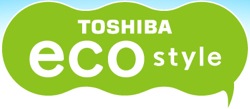 The strategy is divided into three aspects: care for the environment in production (Greening of process), development of green energy (Greening by technology) and production of products with low resource consumption (Greening of products). All three aspects are aimed at cleaning the soil and air from harmful substances, reducing the volume of e-waste and improving the ecological situation in general. Toshiba has the following promising areas of development:
The strategy is divided into three aspects: care for the environment in production (Greening of process), development of green energy (Greening by technology) and production of products with low resource consumption (Greening of products). All three aspects are aimed at cleaning the soil and air from harmful substances, reducing the volume of e-waste and improving the ecological situation in general. Toshiba has the following promising areas of development:
 The strategy is divided into three aspects: care for the environment in production (Greening of process), development of green energy (Greening by technology) and production of products with low resource consumption (Greening of products). All three aspects are aimed at cleaning the soil and air from harmful substances, reducing the volume of e-waste and improving the ecological situation in general. Toshiba has the following promising areas of development:
The strategy is divided into three aspects: care for the environment in production (Greening of process), development of green energy (Greening by technology) and production of products with low resource consumption (Greening of products). All three aspects are aimed at cleaning the soil and air from harmful substances, reducing the volume of e-waste and improving the ecological situation in general. Toshiba has the following promising areas of development:- Improving the efficiency of light sources. The direction is implemented through the introduction of LED sources of technology (LED). LED lamps are 80% more efficient than incandescent lamps and have a much longer service life: 40 thousand hours versus 1 thousand hours. Given this, Toshiba not only introduces them at its plants, but also in 2010 refused to release incandescent lamps, which were the first in Japan that started 120 years ago.
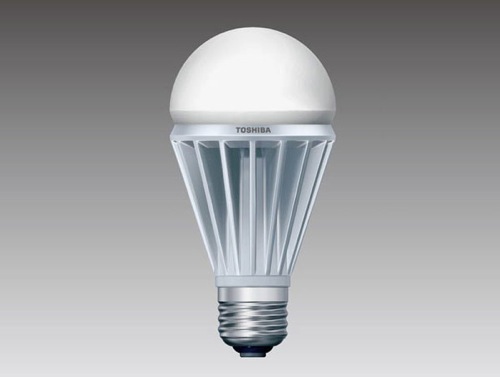
- Construction of large solar power plants. Two years ago, the company won tenders for the construction of two large 7.5 and 7 MW stations in Japan. Solar power plants are an environmentally friendly source of electricity - since their work requires only solar energy and no burning of gas or coal. By shifting accents from coal and gas power plants, Toshiba calculated that it is possible to reduce greenhouse gas emissions by 750 million tons annually.
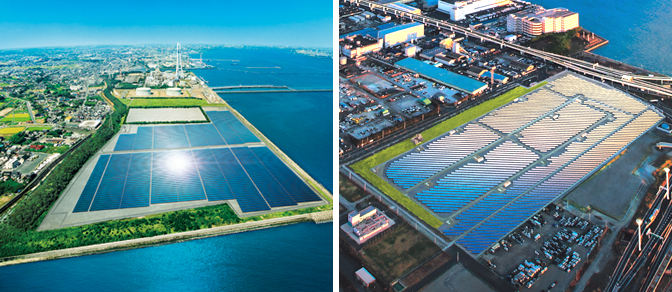
- The development of smart grids (smart grid). Toshiba contributes to this direction by releasing highly efficient voltage converters and industrial energy storage devices. The company's plans also include expanding the production of high-performance industrial batteries.
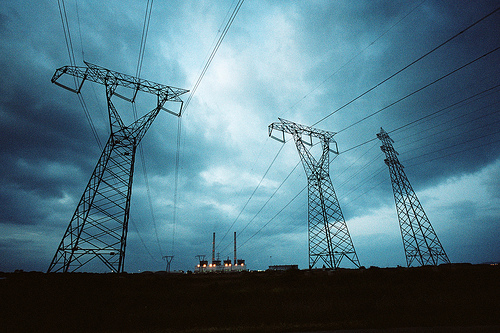
- Providing maximum efficiency at the lowest cost of energy and the rejection of harmful substances or minimize their use. This approach is most actively used in household appliances and electronics. For example, thanks to the use of LED backlights in Toshiba Regza TVs in the 2010 model range, power consumption was reduced by 40% compared with 2007 models, and the number of materials by 20%. In the production of laptops Toshiba seeks to minimize the amount of materials in the design of the case. LCDs do not use mercury or halogen, and in printed circuit boards they refused to use antimony.
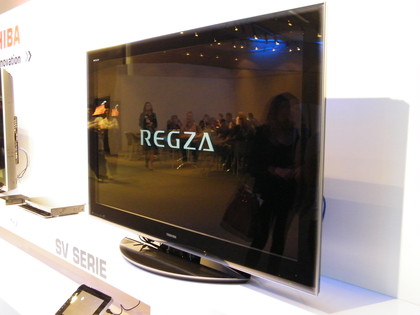
')
Source: https://habr.com/ru/post/116113/
All Articles